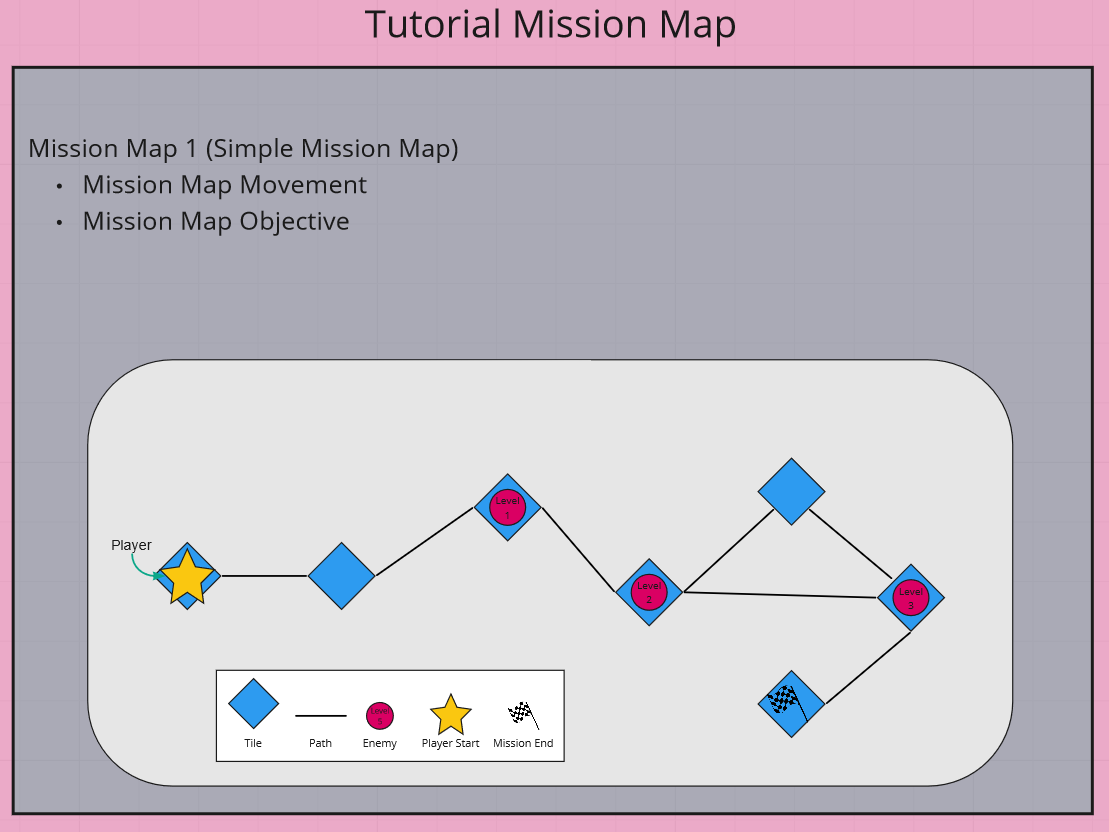ASTRAL BLOOM - Design Insight
ASTRAL BLOOM is a 2D action-platformer game featuring simple and digestible gameplay. I designed and developed this game as my thesis project during my time at George Brown College’s Game Design Post Grad program.
The game can be played for free here!
Initial Ideas
ASTRAL BLOOM (which went through many names) originally started as a turn-based game, but when I began ironing out my initial design I realized the scope of the game was larger than I would have liked as the game would be developed entirely by myself and I would only have around 3 months of development time.
I decided to change the focus of the gameplay to a more fast-paced platformer game while still incorporating as many of my previous elements as possible.
Some of my original inspirations for the game included Fate/Grand Order, Blue Archive, Persona, and more. These inspirations helped form not only the story and theme of the game, but also the gameplay.
One aspect of the project I knew I wanted to include was the Mission Map. The Mission Map offers players the ability to decide how they would like to traverse through a mission, meaning they can choose their own battles. With more time or a larger team, the potential of having a randomly generated Mission Map would make for more replayability.
To see more regarding my initial pitch for ASTRAL BLOOM (ASTRAL COMMIT at the time) the presentation slides can be viewed below.
Prototype Features
After shifting some of my designed elements around to better fit with my scope, I had then had a list of deliverables I would try to meet. These deliverables included:
Functioning Mission Map
Platformer Gameplay
Player Skills/Energy System
Visual Novel Segments
2 Completed Missions
Tutorial + Mission 2
The tutorial levels were designed around teaching the player step-by-step how to play the game. Additional care was used in order to present mechanics and controls individually so the player had the highest chance of succeeding.
Mission Map
The Mission Map acts as a type of “overworld” for the player. The player will need to reach the Mission Goal in order to complete the Mission. In order to reach the Mission Goal the player can travel via Path connected Tiles. Touching enemy occupied Tiles will take the player into the corresponding Level where the player must complete the Level Objective.
Once the Level Objective is completed the player will be taken back to the Mission Map and placed at the Tile where they had just defeated an enemy.
Level Objective
Level Objectives are the tasks the player is given upon entering a Level. When the player enters a Level the Level Objective will appear at the top of the screen alongside a timer. The player will need to complete the Level Objective before either being defeated or running out of time. If the player fails the Level Objective they will lose 1 life, the player begins each Mission with 3 lives.
Level Objectives included in the prototype include:
Defeat X number of enemies.
Reach the Goal.
Each Level Objective is unique to that Level. Additionally, the type of Level Objective, and the difficulty of the Level is displayed via UI elements while on the Mission Map screen.
Level Objectives will typically require the use of Player Skills in order to be completed.
Player Skills/Energy
Player Skills are powerful abilities the player can use to assist them in completing Levels.
Skills included in the prototype include:
Fire Ball (Cost: 2)
Air Jump (Cost: 3)
In order to activate a Skill the player must have the required amount of Energy. Activating the Skill will deplete the player’s Energy Bar by the appropriate amount, there is no cooldown on the Skills meaning the player can strategically use the Skills however they see fit.
The Energy Bar will continuously rise over time while the player is in a Level and can reach a maximum value of 10. The Energy value can be increased by collecting Energy Orbs that are scattered throughout the Levels.
Tutorial (Mission 1) Level Design



Once the player completes the tutorial (Mission 1) they will unlock Mission 2. With all of the mechanics they need to know they will now be prepared to take on more challenging tasks, as can be seen by the rising complexity of the levels pictured below.
Mission 2 Level Design







Level 3 and 7 begin to challenge the player in more unique ways by reducing the overall size of the level and making the player complete more gimmicky Level Objectives.







